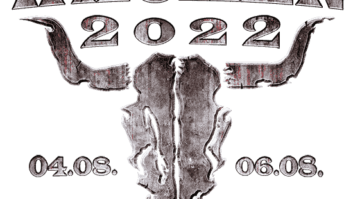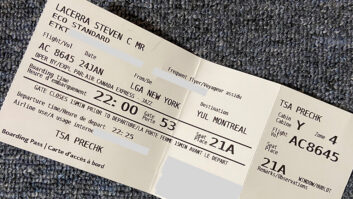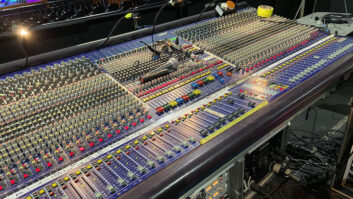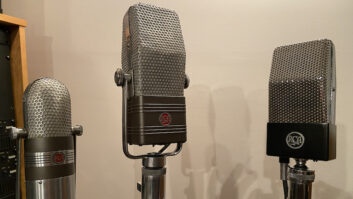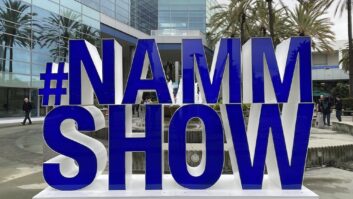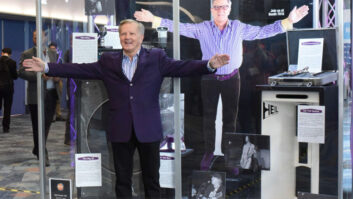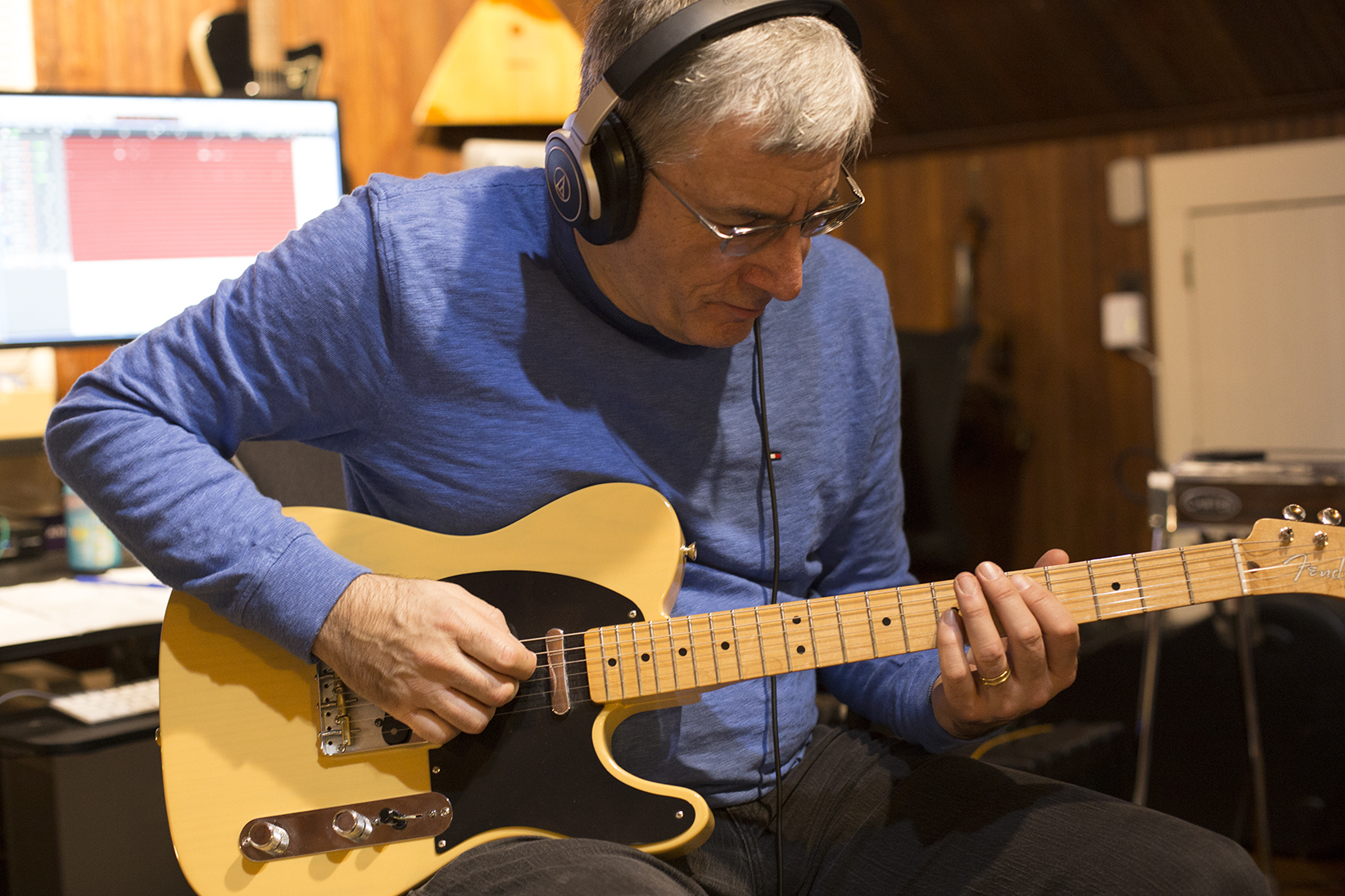
By Mike Levine, Mix Technology Editor, Studio
Chatty Plug-ins: Do your plug-ins have a good working relationship with your DAW? Sounds like a silly question, right? After all, plug-ins by their nature are third-party software designed to work inside, and communicate with, a host application. But as you probably know from your professional life, all working relationships aren’t the same.
Several DAWs, including PreSonus Studio One, Steinberg Cubase and Nuendo, Apple Logic Pro X, Cockos Reaper, and Cakewalk by Bandlab, have improved their ability to interact with specific plug-ins by including support for the ARA2 (Audio Random Access 2) protocol. Two other DAWs, Magix Samplitude and Waveform Tracktion, support the first version, ARA, and presumably will offer ARA2 relatively soon.
Initially developed by Celemony (makers of Melodyne) and PreSonus, ARA and now ARA2 allow expanded audio sharing and integration between compatible plug-ins and DAWs. (Check out this video [https://youtu.be/uQnYemgC3nk ] for in-depth info on ARA). For example, in an ARA- or ARA2-compatible DAW, you don’t have to “Transfer” the audio into Melodyne in real-time, like you used to. You just open up Melodyne inside your DAW, and the audio for the track (or tracks) is already there, waiting to be edited.
But it’s not only Melodyne. Synchro-Arts just announced that the latest versions of VocAlign and VocAlign Pro support ARA2. The company’s ReVoice Pro vocal processing plug-in has offered support for a while.
On the subject of communication between different software, several companies have developed proprietary technology that allows their plug-ins to talk to each other, with favorable results for your workflow. The folks at iZotope have been leading the way in this area with their Inter-Plugin Communication technology. Recent versions of flagship plug-ins like Ozone and Neutron can communicate with the company’s helper plug-ins like Relay, Tonal Balance Control and Visual Mixer.
Between ARA2 and plug-ins that communicate, software is clearly getting a lot more sophisticated, some might say “smarter.” And that’s without even getting into the subject of AI-infused applications and plug-ins, which is grist for a whole other column.
Product of the Month: Antares Auto-Tune EFX+
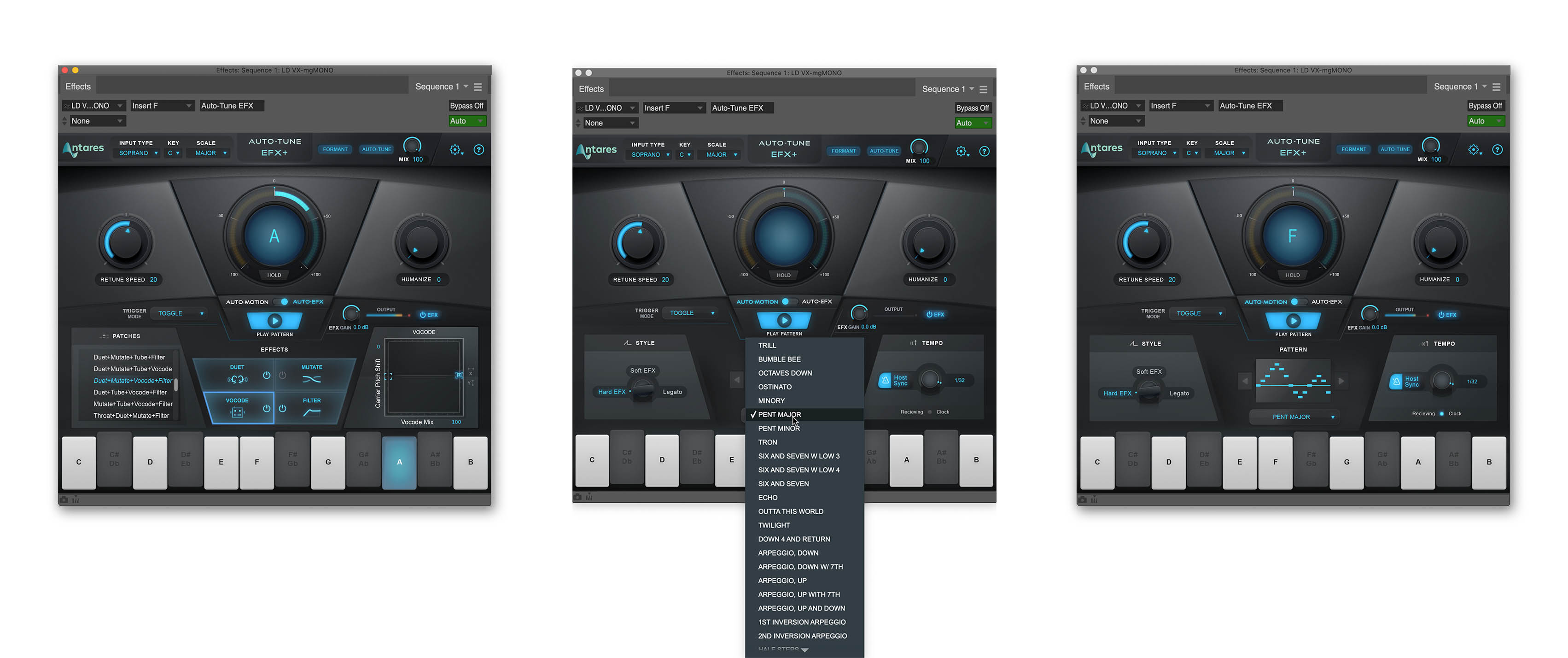
Antares recently released Auto-Tune EFX+ ($199) the latest plug-in in its Auto-Tune EFX series. The biggest news here is the addition of the Auto-EFX Multi-Effects Rack, which enables you to add doubling, tube distortion, pitch and throat effects (changing formants and more), mutate effects (ring modulation), filter effects, and vocoder effects. Basically, this plug-in can do everything from fixing some pitchiness in a vocal, to changing its character, to turning a voice into that of a robot or alien. The effects are excellent. The warm-sounding Tube Amp effect lets you go from mild to heavy saturation. Pitch and Throat let you mess with Throat Length (changes the formants) and pitch. You can do stuff like turn a male voice into a female, and vice versa, turn an adult voice into a child, and so forth.

By Steve La Cerra, Mix Technology Editor, Live
Resurrecting an Audio Dinosaur, Part 2: At the close of the first episode of “Resurrecting an Audio Dinosaur,” my lovely Ampex 351 tape machine channel was alive and working—though I wasn’t sure if it was working properly. While snooping around the 351’s power supply I noticed that one of the rectifiers—the components responsible for converting AC voltage to DC for supply to the tubes—was an old selenium type. I vaguely recalled rebuilding a Dynaco PAS 3 preamp where a selenium rectifier had to be replaced.
It turns out that this type of rectifier doesn’t age well: the DC voltage supply gradually deteriorates, they are prone to catching fire, and failure is imminent. Yikes. Luckily, this rectifier was easily replaced with two 1N4004 diodes, which I wired on a tag strip and connected between the power transformer and the power supply circuit board. I also replaced the 6×4 rectifier tube used to supply high voltage for the audio tubes.
The power resistor was easy to find. Changing it, however, was going to be a royal pain in the arse. It would require disconnecting all of the individual edge connectors from the PCB (printed circuit board), unmounting the power supply board, removing the old resistor and replacing it with the new one, then reinstalling the PCB to check the results.
A few weeks later when I had a clear head and some free time (there’s an oxymoron), I searched the web for similar restorations and found this thread on the Polk Audio Forum. Apparently, I wasn’t the only nut who wanted to refurb an Ampex 351. A company called GAS Audio Recording Equipment manufactures new replacement PCBs for the three main circuit boards in the 351: the power supply, the record circuit, and the playback circuit.
There’s one component on the original power supply board that bears mention: the record relay. This relay is required if the 351 is to be used as part of a tape machine but is not required if the unit is to be used as a mic preamp. A faulty relay can change the HF response of the audio path, so I elected to omit the relay and store it in a safe place.
I tested the unit again in the studio and it worked fine. But I wasn’t yet finished.
Product of the Month: Lectrosonics D Squared Digital Wireless Microphone System
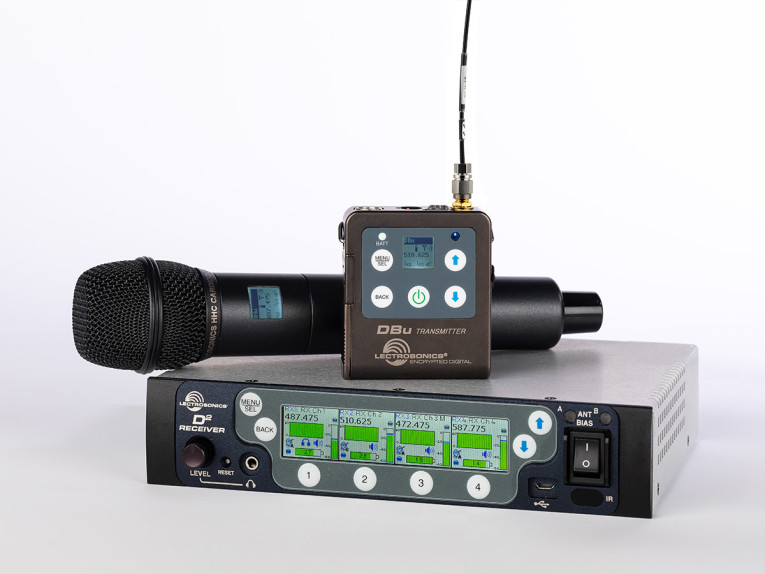
The D Squared system consists of the DSQD digital receiver, DBu digital beltpack transmitter, and DHu digital handheld transmitter, operating across a tuning range from 470 to 608 MHz (470 to 614 MHz for export versions) and featuring 24-bit, 48kHz digital audio, two-way IR sync, and three levels of encryption. The DSQD 4-channel receiver occupies a half-rack, yielding eight channels in a single space— the highest rack density of any wireless system. The pure digital architecture enables AES 256-CTR encryption for high-security applications. USB ports on the transmitters facilitate firmware updates in the field as features are added in the future.


